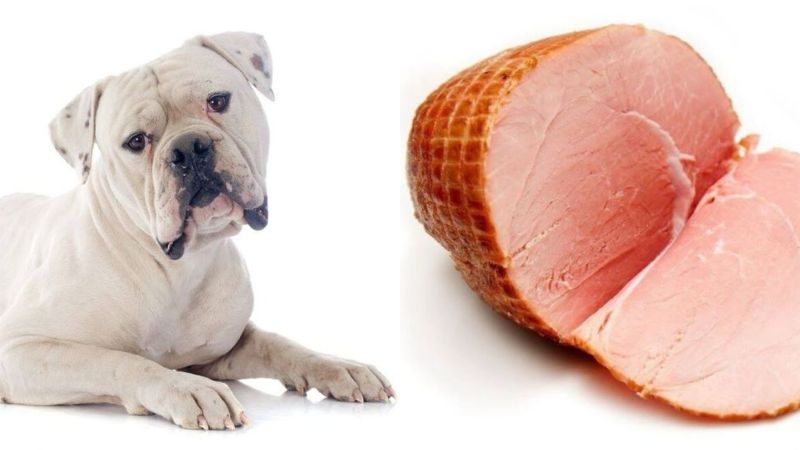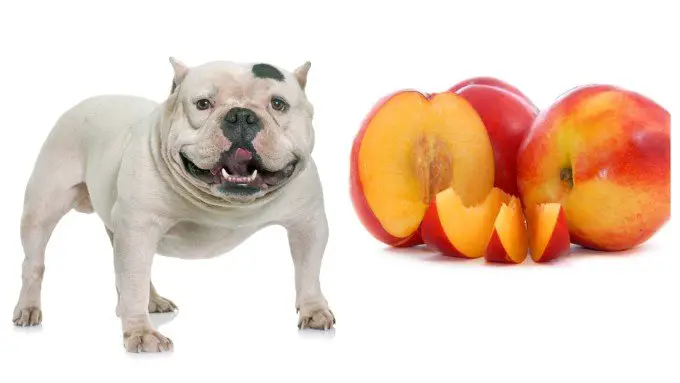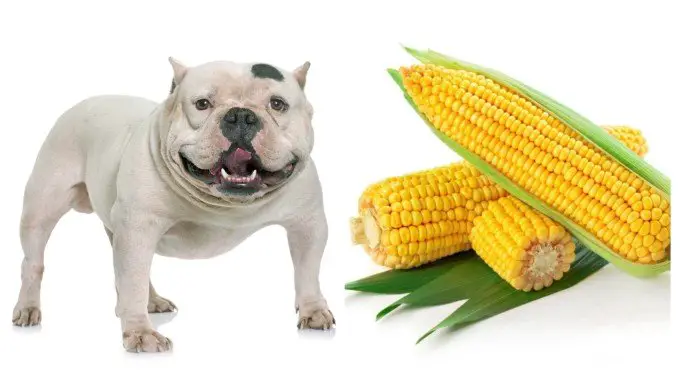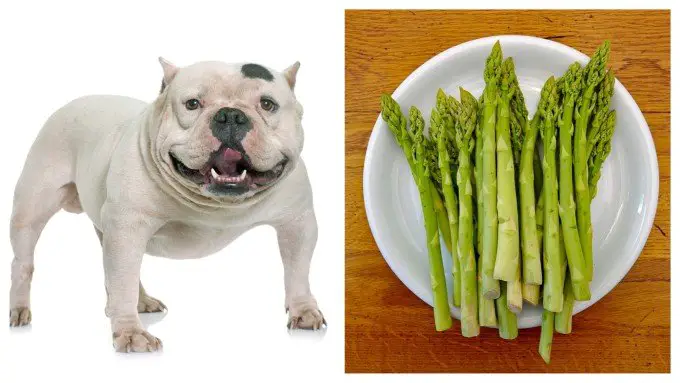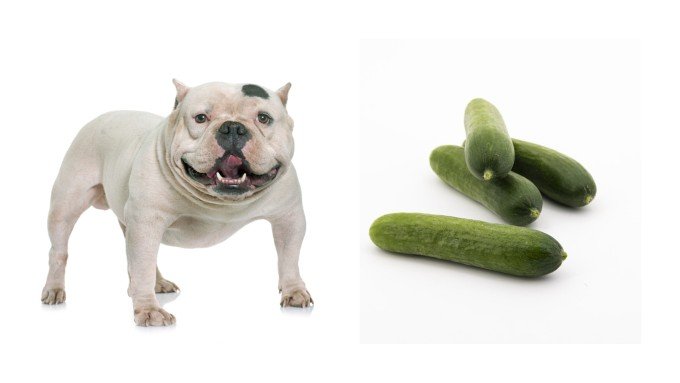Dogs are really man’s best friend. That’s why there are sometimes when we get tempted to feed our own human food to our dog. It’s not really proper and the smartest thing to do, especially when it comes to your dog’s health. But not all human foods are bad for dogs! They, too, need natural nutrients and minerals that can only come from fruits and vegetables. In case you missed it – yes, dogs can eat these too!
But it’s understandable not to know which ones are good for your dog or now. One of those questionable foods is celery. So, now we dig deeper if can dogs eat celery.
The Celery: Its Vitamins and Nutrients

Celery (Apium graveolens) is a marshland plant in the family Apiaceae that has been cultivated as a vegetable since antiquity. Celery has a long fibrous stalk tapering into leaves. Depending on location and cultivar, either its stalks, leaves, or hypocotyl are eaten and used in cooking.
Like food, it is an excellent source of vitamin, molybdenum, folate, potassium, dietary fibers, manganese, pantothenic acid, vitamin B2, copper, vitamin C, vitamin B6, calcium, phosphorus, magnesium, and vitamin A.
In terms of vitamins and minerals, there’s really nothing more you can ask from this piece of vegetable. Imagine getting all of these nutrients with just a serving. How healthy you and your dog could get?
Is Celery Good for Dogs to Eat?
The good news is yes, celery is proven to be okay for dogs to eat. According to the American Kennel Club (AKC), an organization that has been founded is 1884 and is the recognized and trusted expert in the breed, health and training information for dogs, and celery is listed among the vegetables that are safe for dogs. It’s actually recommended as a weight-loss treatment because it is very low in fat and cholesterol, but at the same time, is a great source of fiber and other vitamins.
However, as in all cases, everything should be done in moderation. When taken too much, celery can cause dogs to urinate more than usual. Celery should be cut into small, chewable and digestible pieces and the leaves should be removed before serving it to your dog.
Since it’s going to be served and taken into moderation, celery should be given as a treat or snack, not as a meal replacement. This is not like in humans, wherein vegetables such as celery should compose a huge percentage of our meal. Because dogs have different needs than humans, the amount of serving size should be reduced too.
However, you shouldn’t worry so much because celery is proven to be not toxic to dogs.
How Much Celery Can I Feed My Dog?
So now it has been established that celery is good for your dogs. But how much should you feed him before he exceeds the nutritional value that’s recommended for him?
Contrary to humans, dogs do not need the extra nutrients included in the celery to stay healthy. Again, it should be given as a treat, not as a complete meal. However, if your veterinarian recommends this kind of diet for your dog, then that’s when you can use it as a meal substitute.
The AKC defines treats as food that should not make up more than 10 percent of your dog’s daily diet, especially if your cat is overweight. This can be your basis when it comes to how much celery you can give to your dog. For example, if your dog gets a cup of food a day, then you should only give celery to your dog 10% of a cup or that’s just about 1 teaspoon. You can also ask your veterinarian about the appropriate serving size for your dog. Read also our top-rated list of Dry Food for Pitbulls.
Celery Sticks and Leaves: Can my Dog eat it?
Celery leaves are often the most flavorful part of the plant for humans. For dogs, however, skip the celery stick and leaves for your dog and just have one for yourself. Celery is a vegetable that can be highly susceptible to accumulating pesticides or other toxins if it’s not grown organically and washed properly before serving it. The leaves are also the part of the plant where the potential toxins are mostly stored.
Dogs can eat celery even when it’s raw or uncooked. Because of the fibrous nature of celery, celery sticks are actually a great substitution for any rawhide or treats that dogs like to chew on. It won’t keep them as occupied as long as those other treats may, but it will absolutely do the trick in a pinch, and allow you to feel more comfortable when giving it to them.
Health Benefits Your Dog Can Get From Celery
Celery, when served in appropriate amounts, can be beneficial to your dog’s diet. It’s good for heart health, low in calories, and it is full of vitamins and minerals. Here are other benefits your dog can get from eating celery:
Loads of vitamins. Celery is known to be a great source of certain vitamins and minerals such as vitamin A, B6, C, K, riboflavin and pantothenic acid. Aside from that, it contains other minerals such as calcium, potassium, magnesium, sodium, and phosphorus.
Vitamins A and C destroys potent antioxidants, which can make your dog feeling fresh and healthy. The combination of vitamin C and pantothenic acid, on the other hand, helps alleviate skin conditions. Minerals such as calcium and phosphorus are needed for the development of healthy bones and teeth while magnesium, on the other hand, is needed for muscle and nerve function.
Boosts heart’s health – The celery has a low-calorie count, contains no cholesterol and is fat-free. It’s even high in fiber and water content. It also has the ability to lower your dog’s blood pressure. All of those can be attributed to phthalide, a phytochemical that’s found in celery that helps relax the tissues of the artery walls. This can effectively increase blood flow; hence, reducing blood pressure.
Fights cancer – Dogs can have cancer, too. There are studies that apigenin is a unique compound that’s found in celery. Therefore, eating celery can decrease the chances of cancer cell growth. This is most specially proven for the inhibition of the growth of pancreatic cancer cells. Pancreatitis is a sickness that often attacks dogs. Giving your dog a serving of celery now and then could help fight cancer.
It works as a treat and as a toy, too – Celery sticks can serve as entertainment to your dog. However, you should make sure that it’s cut and cleaned thoroughly to avoid it being a choking hazard.
Freshens your dog’s breath – When dogs eat celery, their breaths are freshened up! This is because of the high water content in the celery.
Here are other benefits your dog can get from eating celery:
- The nutrients in the celery fiber can help aid bowel movements
- The phthalides can help lower your dog’s cholesterol levels by increasing bile acid secretion.
- Vitamin C improves the function of the immune system
- Juices from celery can help ease joint pain and the complications of arthritis
- Celery is an excellent source of water; thus it can help increase urine production which can be beneficial in flushing out toxins and other waste materials from the body
You can have cooked celery but not worry about losing its nutrient
Along with the health benefits your dog can get from eating celery, there are also quite a few risks that you should take note of. These, however, can be avoided by feeding your dog the right amount.
Celery can be a choking hazard. This goes especially for small dogs. You have to cut the celery into bite-size chunks before feeding it as a treat.
Keep the excess out of your dog’s reach. You should make sure that your dog will only have limited access to celery. If you’ve just introduced this treat to your dog and he turns to like it more than you’ve expected him to do so, then he might crave for it. If not kept properly away from him, your dog might overindulge. When your dog has eaten too much celery, it can lead to an upset stomach and excessive urination which can then further lead to dehydration.
Source of too much fiber. Too much celery intake means too much fiber in your dog’s system. When there are excessive amounts of fiber, your dog can have diarrhea and have some trouble digesting the food.
Allergies. Some dogs, although it is rare, are allergic to celery. Their reactions differ from one dog breed to another. Generally, it can be a cause of their upset stomach.
Frequent urination. Celery is high in water content so it’s not surprising that when your dog consumes too much of it, it can cause your dog to urinate more than the usual.
How Do I Serve Celery to My Dogs?
When you’re introducing new food to dogs, it may take quite some time before they warm up to it. It’s only logical because it’s something that they have never seen or sniffed before so they have to have some time to get acquainted with the food being served to them. However, there are some ways on how you can teach your dog to like this treat.
Buy Organic and Fresh Celery
Making sure that you only buy the finest celeries in the market could be beneficial for you in the long run. Celeries are one of those vegetables which are more prone to be exposed to pesticides and toxins. This would mean that your dog could ingest these if you don’t buy the organic kind of celery.
Give Everything in Moderation
If you choose to give your dog celery as their daily treat, you have to make sure that it will not comprise more than 10% of their diet. The best thing to do first is to check with your veterinarian and see how they would suggest creating a meal plan for your dog before you can start incorporating celery into your dog’s diet. You have to keep in mind that every dog’s digestive system is unique. What will work with other dogs may not work with your dog and vice versa. To be sure, your veterinarian will be the one to confirm whether you can feed your dog celery and if your dog could gain much nutrition from it.
Your dog’s stomach may be sensitive to new and foreign foods
Dogs are naturally carnivores, meaning they only eat meat. Their genetic make-up is primarily for the digestion of meats rather than fruits and vegetables. However, you shouldn’t dismiss the fact that you can give leafy vegetables to your dogs too. When given in small amounts, it can be beneficial to your dog’s diet. What you need to do is to grow them accustomed to the smell and taste by slowly introducing it to your dog’s diet until he could eventually recognize the tastefully.
Again, what will work with some dogs won’t work for your dog. In this case, your dog may not like the taste of celery. If it comes to this point, then you shouldn’t force to feed it to your dog. What you should need to do is to observe him closely the first time you feed your dog celery. Your dog may even get a negative reaction such as vomiting, diarrhea or stomach cramps. Since their digestive system needs to adjust to the new food, give your dog about 24 hours or a day to digest it. You should not purge or induce vomiting as it could be dangerous. If all else fails, keep your dog hydrated if his stomach is upset. In any case, these remedies don’t work out and symptoms persist for longer than 24 hours, then you should schedule a visit to your veterinarian.
Raw celery or Cooked Celery?
Humans can eat raw celery and still be considered safe and nutritious for them. But is this the same case when it comes to dogs?
Raw celery
Many dog owners feed their pups raw celery and don’t encounter any problem with it. If you’re planning on giving raw celery to your dog, you should make sure that it’s properly washed and clean. Also, you have to chop up the celery into small pieces as it could serve as a choking hazard when not cut in proper size. You can also remove the stringy parts because these are the ones that dogs find hard to swallow.
Cooked celery
Dogs can also eat cooked celery, as well. Some dog owners prefer to give cooked celery to their dog because it makes it easier for their dog to chew. At the same time, it is also recommended if you have a puppy or a smaller dog breed. When cooking celery, it’s important to be mindful of how the celery was cooked. Certain herbs and spices can be considered harmful to dogs. One example is garlic. Garlic contains a lethal chemical named thiosulfate. This could be deadly to your dog even if it’s just served in small doses.
Summary
Celery, even if it’s served cooked or raw, is good for dogs to eat. You just have to make sure that your dog won’t consume large amounts of it as it could be bad for his health, too! You shouldn’t give it as a meal, but by all means, serve your dog celeries as a treat for being a good dog!




